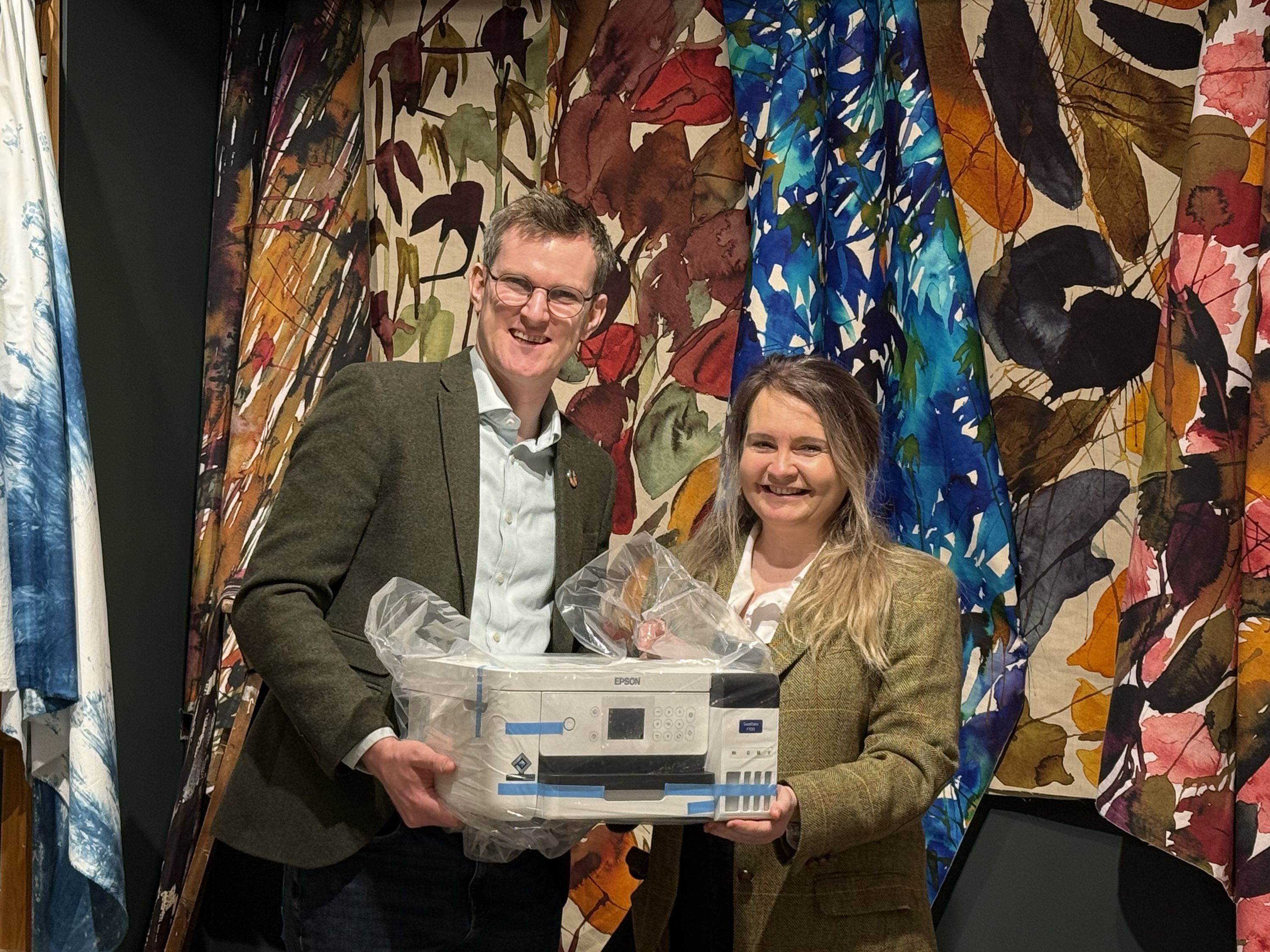Polyprint shows new TexjetPLUS direct to garment printer at FESPA 2015
Greek manufacturer Polyprint displaying new direct to garment digital printing hardware at FESPA 2015.
The TexjetPLUS will offer the same well known high quality and long term reliability as the best selling Texjet plus a number of new improved characteristics, such as increased printing speed by 20%, improved White ink performance due to pressurized ink cartridge system, while maintaining the same big printable size (42x60cm).
Another plus is the printer’s reduced price which now makes it even more affordable to custom t-shirt printers.
Printing on dark garments, without pre-coating, at a cost of 0,09 € per garment and with a production of up to 60 dark garments per hour, is now possible with Texjet Plus Advanced printer and Polyprint’s know-how.
Polyprint’s bestseller, the Texjet Plus Advanced printer is the ideal solution for start-up companies, that require a minimum investment to high production demands. The company highlights that the Texjet Plus Advanced is the only direct to garment printer that can stay idle up to 30 days without ink cartridges removal and zero ink waste.
Polyprint S.A. is a family run business specialized in solutions for Digital Textile Printing. Based in Thessaloniki, Greece, an area with long history in the field of textile printing, home to numerous t-shirt printing companies, most of them experts in high fashion t-shirt printing.
After 10 years of experience of absolute focus and specialisation on DTG technology, Polyprint achieved to sell through its distributor network thousands of printers all over the world.
Topics
Interested in joining our community?
Enquire today about joining your local FESPA Association or FESPA Direct
Recent news

The Rise of B2B in Print-On-Demand: Mastering Personalisation to Drive Growth
Rusty Pepper highlights the B2B shift in Print-On-Demand, focusing on personalisation's role in driving growth. He discusses market differences between Europe and the U.S., challenges in global scaling, and strategies for successful implementation. Experts will share insights at FESPA 2025, covering automation, fulfilment, and market trends.

Navigating the Evolving Landscape of Fashion, Print and Sustainability
In this podcast, Debbie McKeegan and April Holyome – head of Product at the luxury Italian brand 16Arlington discuss the evolving landscape of fashion at the Epson Textile Academy.
.jpg?width=550)
Awarding Talent: Joanne O’Rourke Wins the Epson Eco Stories Textile Challenge and Trip to FESPA 2025
Joanne O'Rourke won the Epson Eco Stories Textile Challenge, receiving an Epson SureColor SC-F100 printer and a trip to FESPA 2025 in May. The award highlights the importance of supporting emerging designers for a sustainable print industry. These "digital natives" drive innovation, sustainability, and technological advancement, crucial for the sector's future.

The importance of Personalisation in Direct Mail - The Power of Print
Jeroen van Druenen, CCO of Jubels discusses how personalised direct mail, especially print, boosts engagement and ROI by tailoring content to individual recipients. Using variable data printing (VDP), marketers create unique designs and offers, enhancing relevance and fostering stronger customer relationships. Physical mail's tangibility and lasting impact further amplify personalisation's effectiveness.